In Galveston, the island city that's the birthplace of Juneteenth
Galveston in Texas, US, is more than just a coastal getaway. It’s the place where slavery was finally abolished.
The US celebrates July 4 as Independence Day amid a burst of blue, red, and white. But barely a month before that, it marks a different kind of independence.
Juneteenth, observed on June 19 and also called Emancipation Day, is a federal holiday that commemorates the end of slavery in the country. It may be observed across the US, but Galveston, an island city in Texas, is renowned as the birthplace of this “Freedom Day”.
Named after 18th-century Spanish military and political leader Bernardo de Gálvez, Galveston is a resort city and port off the coast of Southeast Texas. It became a major US commercial centre and one of the largest ports in the US during the 19th century – and remains a bustling port city to date.
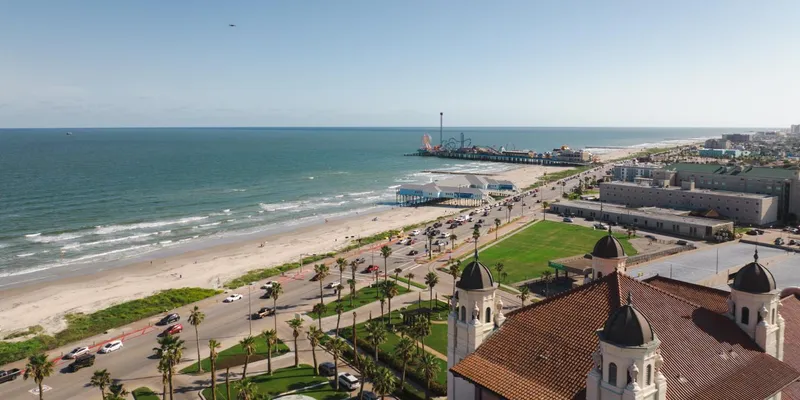
The coastal resort city of Galveston is the heart and soul of Juneteenth celebrations.
With over 30 miles of beaches, a wealth of cultural institutions, and a historic pleasure pier, Galveston today often translates into a quick getaway for a beach holiday, a historical trip, or a restful weekend for many.
However, the island means so much more for African American Galvestonians, Texans and Americans—it is the place where slavery was finally abolished, which makes it an important piece of America's cultural fabric and a place to honour the past and strive for a more equitable future.
The Juneteenth-Galveston connection
After the US was founded in 1776, it slowly split into Confederate and Union states, with the practice of slavery still concentrated in the South. Most of these people were either transported from Africa during the Atlantic slave trade or the descendants of those previously brought over.
More than eight decades later, US President Abraham Lincoln outlawed slavery by issuing the Emancipation Proclamation and changed the legal status of more than 3.5 million enslaved African Americans in the secessionist Confederate states from enslaved to free. The Thirteenth Amendment brought an end to slavery throughout the US at the stroke of midnight on January 1, 1863.
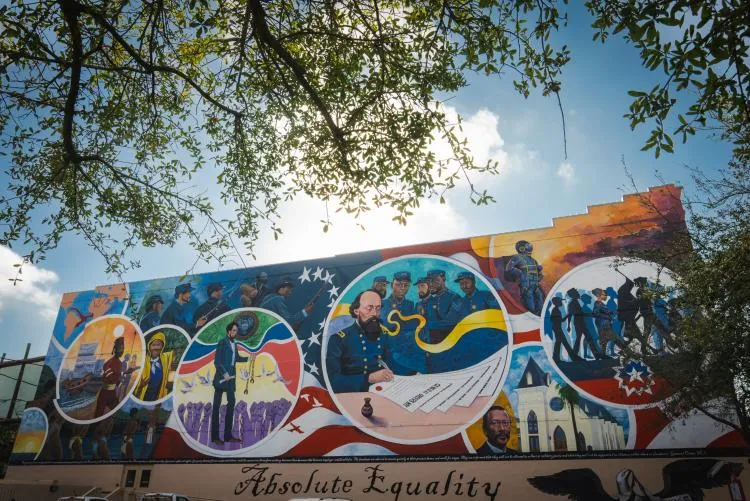
A 5,000-square-foot mural, Absolute Equality, overlooks the site where General Granger issued General Order No. 3.
However, the Emancipation Proclamation could not be implemented in places still under Confederate control, which meant that slavery continued in some states.
Two years later, on June 19, 1865, US Army General Gordon Granger rode into Galveston, Texas, with 2,000 Union troops and announced General Order No. 3, proclaiming freedom for slaves in Texas, the last state of the Confederacy with slavery. More than 250,000 enslaved black people in Texas were freed, and the newly freed people chose a name for their deliverance day: Juneteenth.
Edward T. Cotham, Jr, Texas Civil War historian and author of Juneteenth, The Story Behind The Celebration, writes that there was no natural freedom date as enslaved people were freed at different times. However, Texas was the last stop for Union troops marching across the South and freeing slaves, which is why June + nineteenth became Juneteenth.
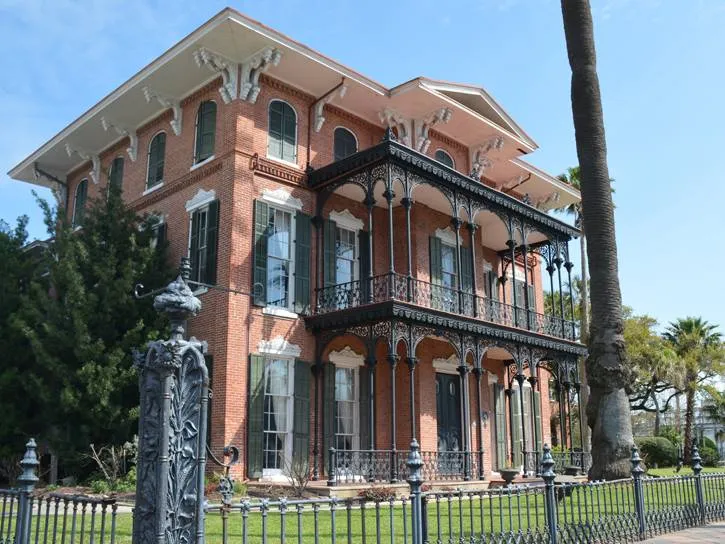
Union General Gordon Granger is said to have read the proclamation abolishing slavery from the balcony of Ashton Villa in Galveston.
Juneteenth has been a celebration of freedom for more than 150 years, but was recognised as a federal holiday only in 2021 after US President Joe Biden signed an order.
“Juneteenth has never been a celebration of victory, or an acceptance of the way things are. Instead, it's a celebration of progress. It's an affirmation that despite the most painful parts of our history, things do get better. America can change,” said Barack Obama, the 44th US President, during the observance of the day during his term.
The legacy of Juneteenth
Like all holidays, Juneteenth is celebrated with prayers, picnics, and parades. Alongside the revelry, the community also honours the legacy of the holiday and its deep symbolism.
Galveston’s Old Central Cultural Center (OCCC) hosts a special Juneteenth breakfast every year. Held on the grounds of Ashton Villa, it includes a re-enactment and a ceremonial reading of General Order No. 3.
Ashton Villa, located on Broadway and built in 1859, is one of the first brick structures in Texas built by slaves.
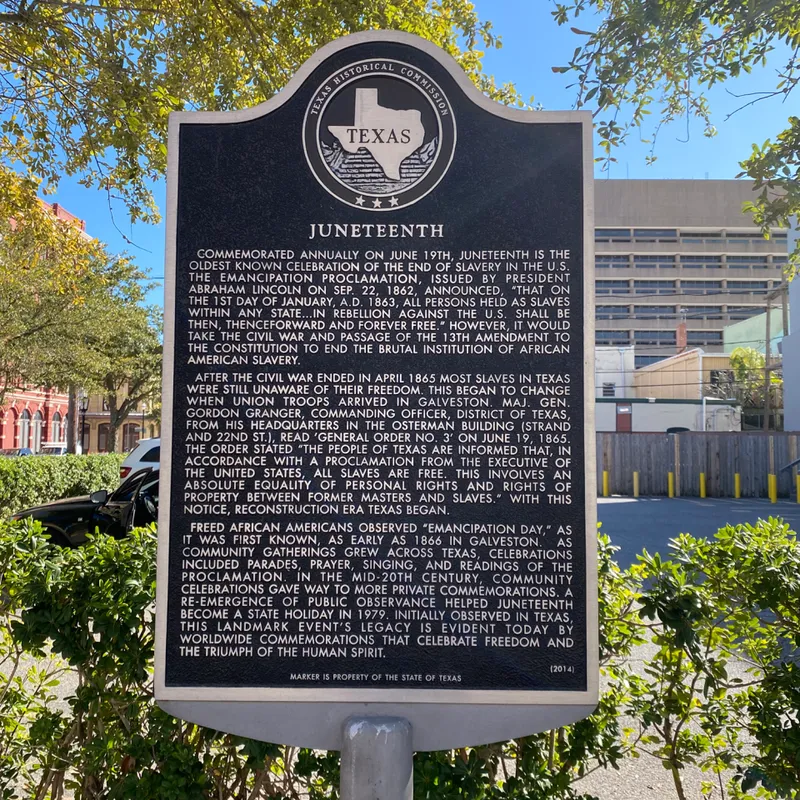
Erected in 2014, the Juneteenth marker in Galveston commemorates the reading of the Emancipation Proclamation.
Constructed in the Victorian Italianate style, the three-storeyed house features ornate verandahs, long windows, and deep eaves. General Granger is believed to have read aloud the proclamation at the historic home. Today, a 9-foot bronze statue of state lawmaker Al Edwards displaying the state law that made Juneteenth a national holiday takes pride of place here.
The original OCCC building was the site of Texas’s first African American high school. It was moved after the integration of public schools in 1968, and the structure was converted into a cultural centre that aims to support vulnerable community members and preserve artefacts of black culture.
A self-guided Freedom Walk takes in all five historic sites related to Juneteenth and helps retrace the steps of the Union soldiers: From Pier 21 and the Middle Passage to the Juneteenth marker and site of Union Headquarters, the Reedy Chapel-AME Church (known in 1865 as the Negro Church on Broadway), and Ashton Villa.
The Pier 21 marker commemorates Africans enslaved during the late 18th and early 19th centuries, along with the millions of Africans who died during the Middle Passage, the Transatlantic slave trade.
The Reedy Chapel-AME Church dates to 1848, when enslaved congregants met outdoors for services. Said to be the first such church in Texas, it has found itself on the National Register of Historic Places and is still an active place of worship. The church is also known for its annual community Juneteenth celebration.
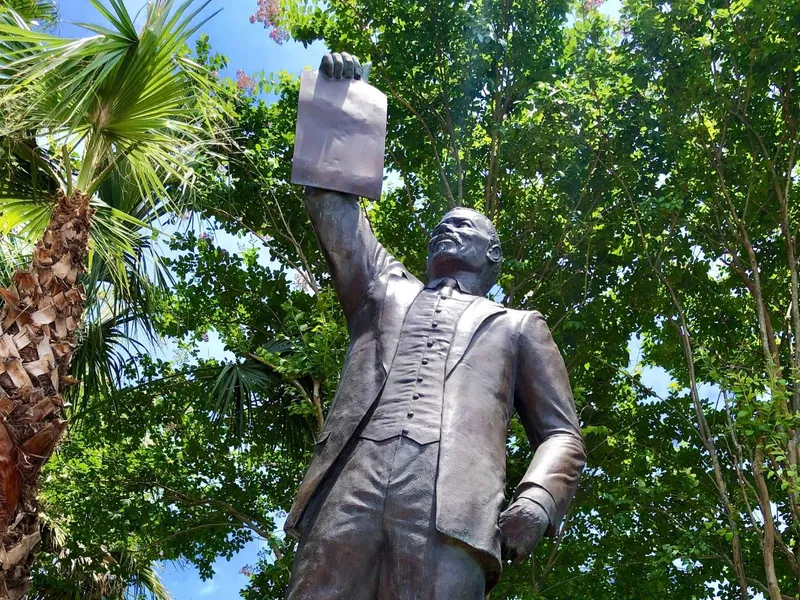
The Legislator statue honours the legislation that made Juneteenth an official holiday.
According to Galveston’s African-American Historic Places and Pioneers, “African Americans have played a major role in the growth of Texas for hundreds of years under different flags. Ships from around the world came to Galveston, a major seaport town, to trade goods and auction slaves. According to a census taken in 1848 several hundred slaves resided in Galveston; many worked on the waterfront in the cotton industry.”
Galveston continues to preserve its African American heritage, with its many historic sites and monuments telling numerous layered and untold stories. The Galveston and Texas History Center documents African-American life in Galveston in detail, from slavery and the Jim Crow laws, to Juneteenth and the Civil Rights movement.
Juneteenth in Galveston is a celebration of a sense of place and belonging, something that was denied to the African American community for a long time. Apart from celebrating the second Independence Day of the US, it also shines a light on the resilience and the indomitable spirit of the community.
(Photos courtesy: Visit Galveston)
Edited by Jyoti Narayan







